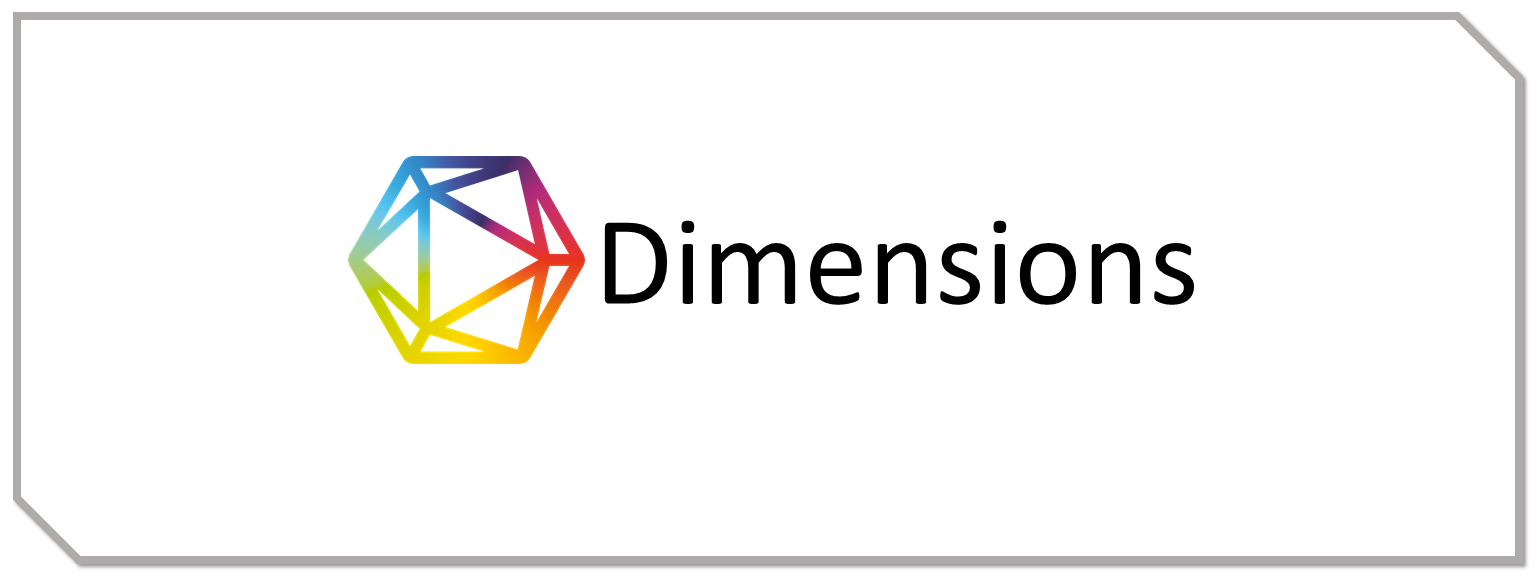The Effect of Feed Adaptation on Efficiency and Feed Conversion of Nemo Fish Seed (Amphiprion sp)
DOI:
https://doi.org/10.59024/ijellacush.v2i3.910Keywords:
Adaptation, Efficiency, Conversion, Nemo FishAbstract
Nemo fish (Amphiprion sp.) is a type of marine ornamental fish that is popular because it is unique in terms of color, shape and movement. Feed is a factor in the growth and survival process of nemo fish. The aim of this research was to determine feed adaptation to the efficiency and feed conversion of nemo fish seeds. The research used an experimental method using a Completely Randomized Design consisting of 3 treatments and 3 replications. Treatment A (silk worms), treatment B (pellets) and treatment C (combination of 70% silk worms and 30% pellets). The best absolute weight growth results were in treatment C, namely 0.33 grams, while the lowest were in treatment B, namely 0.28. The survival rate (SR) during maintenance in each treatment was 100%. The best feed efficiency was in treatment C at 16.17% and the best feed conversion ratio was in treatment C with the lowest conversion ratio value of 4.81. Based on the results of the research conducted, it was concluded that feed adaptation for nemo fish seeds did not have a real influence on the efficiency and feed conversion of nemo fish seeds (Sig. > 0.05).
References
Akbar, C., Utomo, D. S. C., Hudaidah, S., & Setyawan, A. (2020). Feed time and quantity management in increase growth rate and survival rate of snakehead fish farming, Channa striata (Bloch, 1793). Journal of Aquatropica Asia, 5(1), 1–8.
Azizah, D. (2017). Kajian kualitas lingkungan perairan Teluk Tanjungpinang Provinsi Kepulauan Riau. Dinamika Maritim, 6(1), 40–46.
Bianco, J. F. D., Tjendanawangi, A., & Rebhung, F. (2021). Efektivitas penambahan ekstrak kulit buah naga (Hylocereus polyrhizus) terhadap kecerahan ikan nemo (Amphiprion percula). Jurnal Vokasi Ilmu-Ilmu Perikanan (Jvip), 2(1), 21–23.
Chandraboss, M. S., Ravaneswaran, K., Aanand, S., Anand, C., Sampathkumar, J. S., & Raja, P. K. (2020). Effect of broodstock nutrition on reproductive performance of clownfish Amphiprion sp. Journal of Entomology and Zoology Studies, 8(3), 620–626.
Fahrizal, A., & Nasir, M. (2018). Pengaruh penambahan probiotik dengan dosis berbeda pada pakan terhadap pertumbuhan dan rasio konversi pakan (FCR) ikan nila (Oreochromis niloticus). Median: Jurnal Ilmu Ilmu Eksakta, 9(1), 69–80.
Febrianti, S., Shafruddin, D., & Supriyono, E. (2020). Budidaya cacing sutra (Tubifex sp.) dan budidaya ikan lele menggunakan sistem bioflok di Kecamatan Simpenan, Sukabumi. Jurnal Pusat Inovasi Masyarakat, 2(3), 429–434. http://journal.ipb.ac.id/index.php/pim/article/view/31306
Fitrianingsih, E., Haryanto, H., & Setyono, B. D. H. (2013). Pengaruh pakan yang berbeda terhadap pertumbuhan dan sintasan ikan badut (Amphiprion ocellaris). Jurnal Perikanan Unram, 1(2), 14–19.
Hanum, S., Suminto, & Diana, C. (2017). Pengaruh penambahan "Probio-7" pada pakan buatan terhadap efisiensi pemanfaatan pakan, pertumbuhan dan kelulushidupan benih ikan nila gift (Oreochromis niloticus). Sains Akuakultur Tropis, 1, 10–20.
Harmilia, E. D. (2020). Penyuluhan kualitas air yang baik untuk budidaya ikan (parameter fisika kimia). Suluh Abdi: Jurnal Ilmiah Pengabdian Kepada Masyarakat, 2(1), 37–40.
Hartini, S., Dwi Sasanti, A., Hukama Taqwa, F., Peneliti, M., & Pembimbing, D. (2013). Kualitas air, kelangsungan hidup dan pertumbuhan benih ikan gabus (Channa striata) yang dipelihara dalam media dengan penambahan probiotik. Jurnal Akuakultur Rawa Indonesia, 1(2), 192–202.
Hendriansyah, A., Putra, W. K. A., & Miranti, S. (2018). Rasio konversi pakan benih ikan kerapu cantang (Epinephelus fuscoguttatus x Epinephelus lanceolatus) dengan pemberian dosis recombinant growth hormone (rGH) yang berbeda. Intek Akuakultur, 2(2), 1–12.
Koroh, P. A., & Lumenta, C. (2014). Pakan suspensi daging kekerangan bagi pertumbuhan benih sidat (Anguilla bicolor). E-Journal Budidaya Perairan, 2(1), 7–13.
Masitoh, D., Subandiyono, & Pinandoyo. (2015). Pengaruh kandungan protein pakan yang berbeda dengan nilai E/P 8,5 kkal/g terhadap pertumbuhan ikan mas (Cyprinus carpio). Journal of Aquaculture Management and Technology, 4(3), 46–53.
Pattiradja, S. F., Lukas, A. Y. H., & Santoso, P. (2022). Use of different filter media as bioremediation in clown fish (Amphiprion percula) rearing. Jurnal Aquatik, 5(2), 138–143. https://ejurnal.undana.ac.id/index.php/jaqu/article/view/8467/4238
Ruhyadi, I., Purwanto, & Nusantoro, G. D. (2017). Pengendalian suhu dan salinitas air pada aquarium ikan badut (Amphiprion percula) berbasis mikrokontroler Arduino Due. Teknik Elektro Universitas Brawijaya, 1, 2.
Rumondang, A., Huda, M. M. A., Karsih, O. R., & Pridayem, P. (2023). Efektivitas tinggi air terhadap specific growth rate (SGR) dan survival rate (SR) benih ikan dewa (Tor sp) pada wadah terkontrol. Jurnal Perikanan Unram, 13(4), 1084–1092.
Sahusilawane, H. A., & Soelistyowati, D. T. (2021). Karakteristik morfometrik dan meristic lima jenis ikan badut (Amphiprion sp.) dari Pulau Ambon. Jurnal Perikanan Unram, 11(1), 79–88.
Said, D. S., Triyanto, & Hasan, F. (2006). Adaptasi jenis pakan untuk pertumbuhan ikan pelangi Irian. LIMNOTEK, XIII(2), 53–59.
Wijayanti, R., Muarif, & Lesmana, D. (2019). Tingkat kelangsungan hidup dan rasio konversi pakan pada budidaya ikan gurami (Osphronemus goramy Lac.) dengan sistem bioflok dan pemberian pakan kadar protein yang berbeda. Jurnal Mina Sains, 5(1), 42–49.
Zulfikar, Marzuki, E., & Erlangga. (2018). Pengaruh warna wadah terhadap pertumbuhan dan kelangsungan hidup ikan badut (Amphiprion ocellaris). Acta Aquatica: Aquatic Sciences Journal, 5(2), 88–92.
Downloads
Published
How to Cite
Issue
Section
License
Copyright (c) 2024 International Journal of Education, Language, Literature, Arts, Culture, and Social Humanities

This work is licensed under a Creative Commons Attribution-ShareAlike 4.0 International License.

















